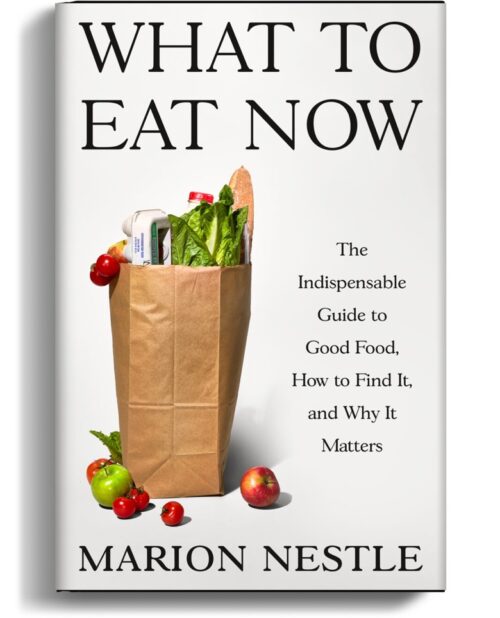The Government Accountability Office (GAO), which does research in response to questions from members of Congress (in this case, Charles Grassley, Rep-Iowa), has just released a report on agricultural concentration and food prices. Concentration, for this purpose, has a specific meaning: the share of sales held by the four largest companies.
Grassley wanted to know: is increasing concentration in the food sector responsible for the recent rise in food prices. The GAO says no, but check out its findings about what’s happening in the food industry. Examples:
- Less than 2% of farms accounted for 50% of farm sales in 2007 (See Table on page 10).
- The top four concentration in grocery chains more than doubled from 1982 to 2005, from 16% to 36% (page 12).
- The concentration in meat also has nearly doubled. Beef concentration went from 41% to 79%, pork went from 36% to 63%, and poultry went from 27% to 57% (page 18).
Only two sectors have become less concentrated: Wet corn milling (translation: high fructose corn syrup) from 74% to 69%, and breakfast cereals (86% to 78%). No wonder the Big Four Breakfast Cereals (General Mills, Kellogg, Post, Quaker) are so desperately pushing their wares these days.
And do take a look at the figure on page 19, which illustrates the steady decline since 1980 of the proportion of the food dollar that goes to the farmer (from 30% to less than 20%), and the steady increase in the proportion going to food marketing (from 70% to more than 80%).
The USDA must be really worried about all this. Thanks to Maya for telling me that USDA has teamed up with the Justice Department to take a look at legal ramifications of increasing agricultural concentration. Why? America does best with “a fair and competitive marketplace that benefits agriculture, rural economies and American consumers,” says the USDA Secretary.
The Justice Department has its own interests in this matter: the anti-trust implications of food sector concentration.
I’m guessing that Senator Grassley wanted GAO to demonstrate that agricultural concentration does not affect prices and, therefore, is good for consumers. Instead, the GAO report focuses attention on just how concentrated agriculture had become. Let’s keep a close eye on this one.


